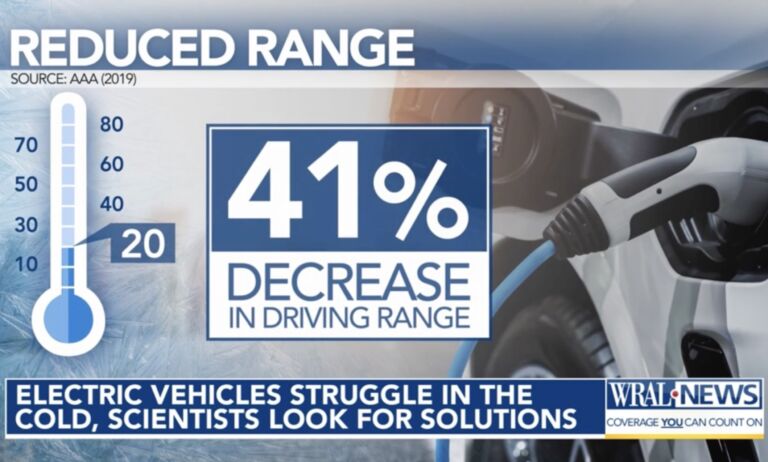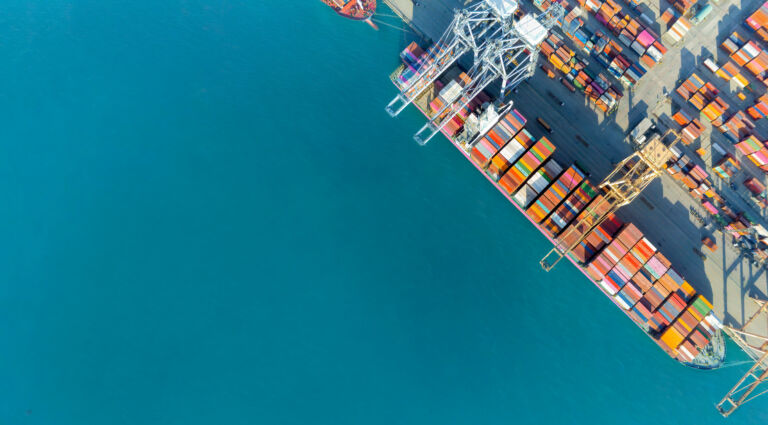The latest issue of American Scholar cites the work of Duke professor Henry Petroski, whose latest book examines the state of American infrastructure.
We asked the Duke professor and author of 18 books, including The Pencil, to pose questions about these sources of national pride and prosperity.
1. Most bridges can be classified as ordinary or signature. The first, which we encounter on most highways, are plain, simple, undistinguished, and generally quick, easy, and inexpensive to build. The second are fancy, complicated, unique, and more often than not politically contentious, behind schedule, and over budget. For instance, when the 1989 Loma Prieta earthquake revealed weaknesses in the east span of the San Francisco–Oakland Bay Bridge, California officials were forced to decide whether to reinforce the workaday old structure or replace it with a signature span. Early estimates placed the cost of each option at about $1 billion, so the decision was made to build an elaborate new bridge. Yet it wasn’t completed until almost 25 years after the earthquake, at a cost of more than $6 billion. How can we keep infrastructure projects—both ordinary and signature—from dragging on and from going far over budget? …
… 3. Federal funding for state transportation projects is supposed to come entirely from the Highway Trust Fund, which is where revenue from the federal gasoline tax is deposited. Since 1993, this tax has been frozen at 18.4 cents per gallon (and 24.4 cents per gallon for diesel fuel), with no accounting for inflation. And with the increased popularity of electric and hybrid vehicles and the improved fuel efficiency of conventional vehicles, among other factors, decreased fuel consumption has meant that in recent years the Highway Trust Fund has had to be supplemented with money from the general fund or other sources. Projections are that this deficit will grow, but Washington politicians have been reluctant to vote for higher taxes, even when fuel prices are at historic lows. Among ideas for making the trust fund solvent is a proposal to abolish all federal fuel taxes and turn responsibility completely over to the states, which can adjust taxes accordingly. Should individual states be wholly responsible for taxing fuel and otherwise raising the revenue needed to maintain their own roads and bridges?
4. The interstate highway system was designed for top speeds of approximately 85 miles per hour, and in the 1960s that was the speed limit on some roads. However, motor vehicles do not burn fuel efficiently at very high speeds, so when an oil crisis created fuel shortages and drove up prices, the 1974 Emergency Highway Energy Conservation Act mandated a national maximum speed limit of 55 mph. A drop in fatal highway accidents occurred, but it was unclear whether this was attributable to the lower speed limit or to other factors, such as improved vehicle safety. After the 55 mph maximum was relaxed, fatalities rose. Should a national maximum speed limit closer to 55 than to 85 mph be reinstituted if it can be shown to lower fatalities on U.S. highways?


